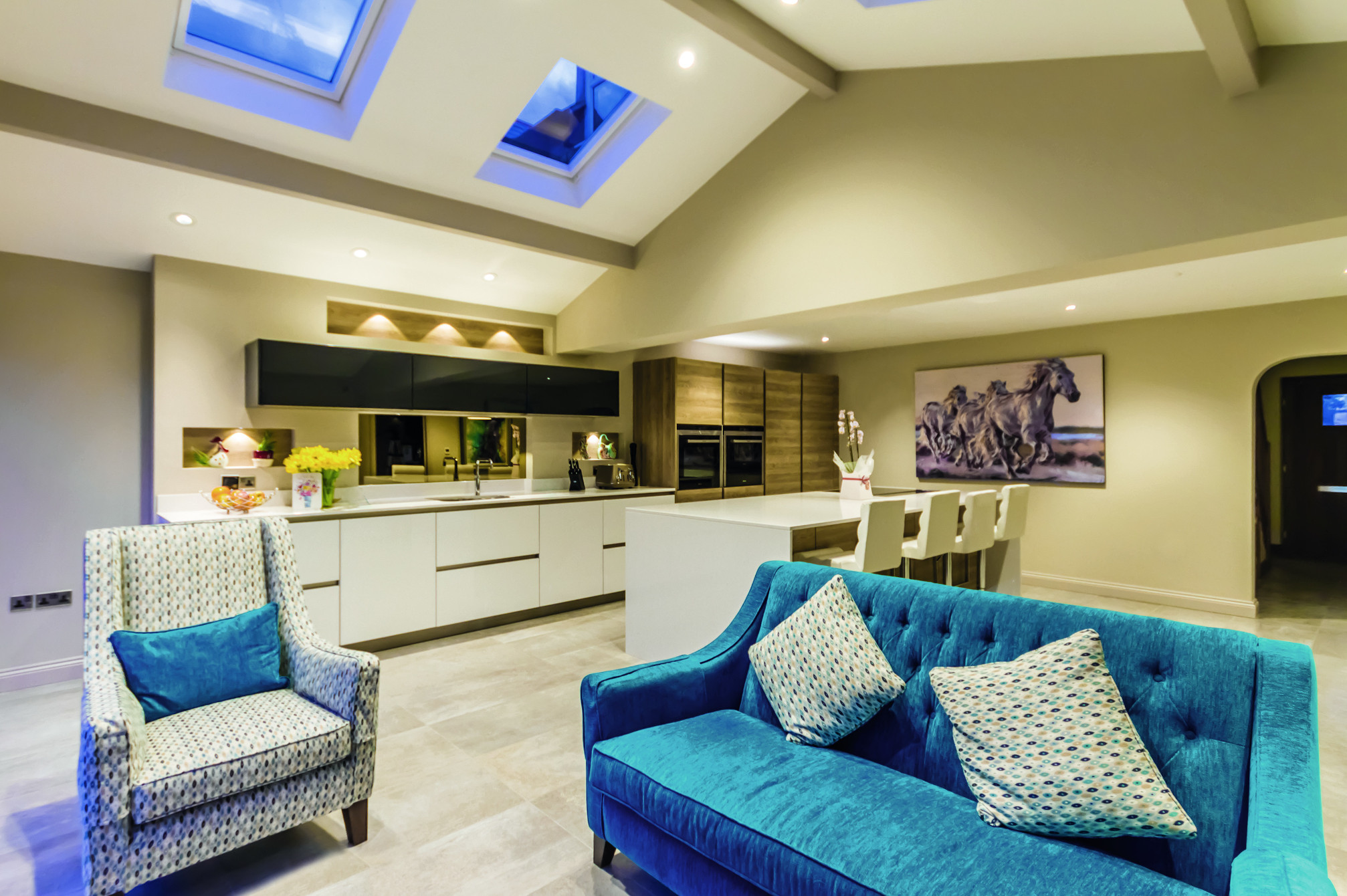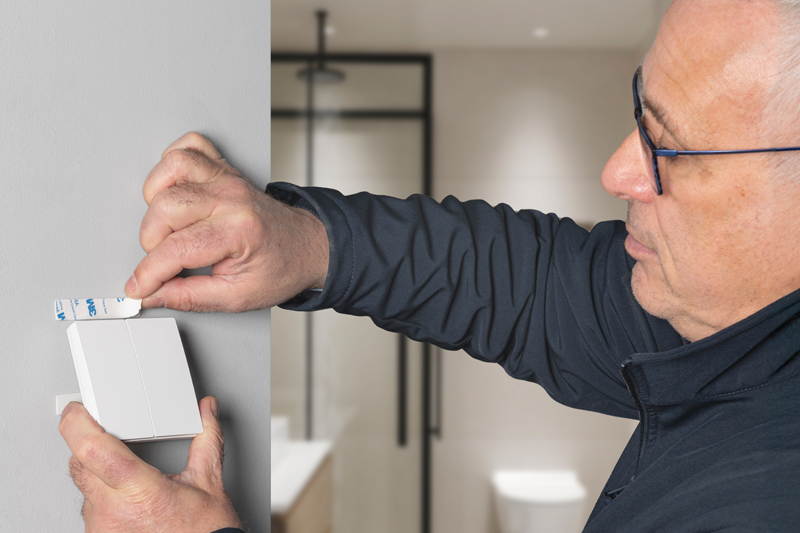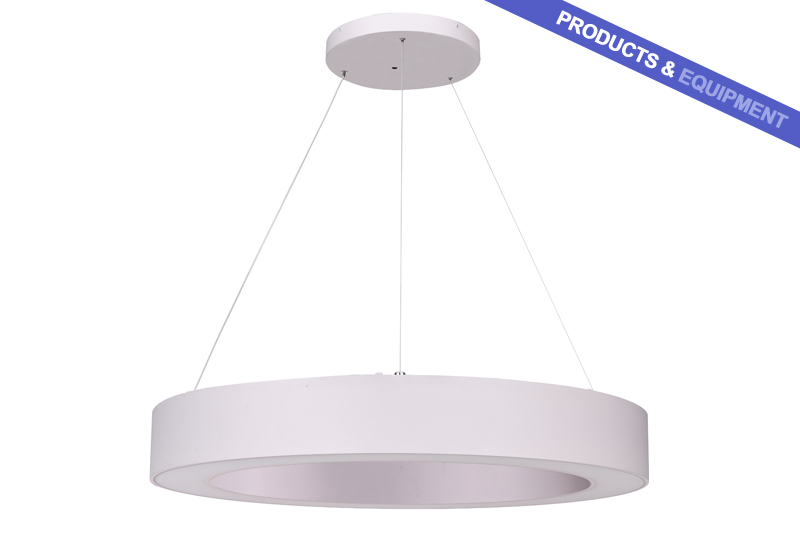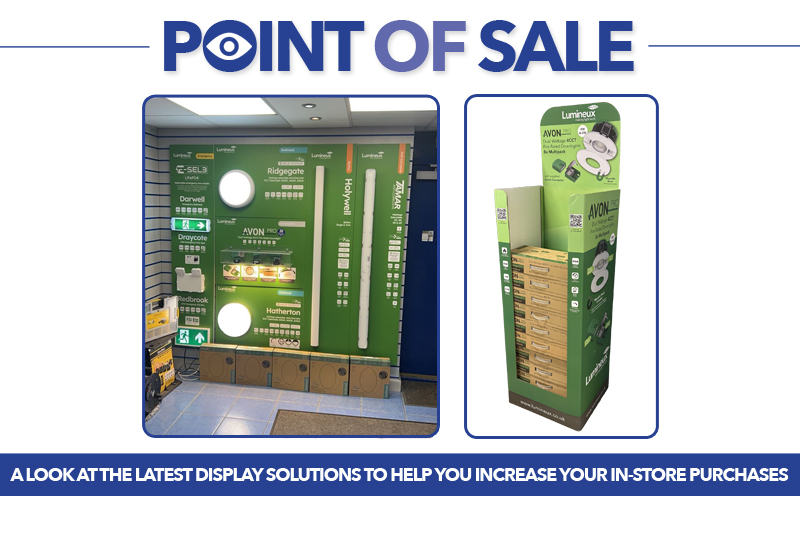Lee Brodie, Technical Manager at Collingwood Lighting explores how modern LED fittings are adaptable allowing you to offer the contractor and their customers more choice from less stock.
We all know that LED lighting will save energy; but the technology can offer far more than a reduced electricity bill.
Some modern luminaires are adaptable, so you can offer contractors more options from the same fitting. Not only does this reduce your stock, but you can help the contractor add value for their customer by giving them more choice from their lighting and also the ability to change it in the future without replacing the fitting.
Excellent service starts with a good lighting design and a little bit of knowledge will help secure the sale for you and them. A good design will include ambient lighting for general background illumination, accent lighting to highlight areas of interest and add depth and task lighting to provide light for specific tasks. Combining key elements of ambient, accent and task lighting, will create a sophisticated multi-layered lighting scheme to bring any space to life.
It’s now easier than ever to design and install good lighting solutions and the good news is that you can offer the contractor what they need for such an installation from fewer fittings.

Changing colour temperature
Lighting serves many functions. At a basic level it allows us to see tasks and provides a safer environment, but it also creates an ambience depending on what you are using the area for. Colour adjustable LED fittings allow the contractor to change the correlated colour temperature (CCT) of the light output to suit their customer’s preferences without changing the lamp. It means that they can switch between warm and cooler temperatures to create different moods to suit the room.
Taking our own H2 Deco downlight for illustration, there is a CCT switch behind the bezel that allows you to select one of four different colour temperatures; a very warm orange yellow light of 2200K, an extra warm white 2700K, a warm white 3000K or a natural white 4000K.
While the choice of colour temperature is largely subjective, it does offer choice for both residential and commercial building owners.
In a house, for example, you or the contractor might suggest a warm white of 3000K for the ambient lighting in the lounge and for a bedroom an even warmer light of 2200K. For rooms that are more functional or task orientated, such as the kitchen or a home office, a cooler white of 4000K is better.
To really add value, the colour temperature can also help enhance different decoration schemes. A warmer light is great for highlighting wood bringing out its warmer undertones, whereas a homeowner might want something cooler for a white minimalist look.
Building owners or tenants may also want to change the colour temperature of accent lighting to highlight different features. Having a luminaire that you can easily switch gives you this adaptability. And if they want to change the decoration or function of the room in the future, then they can also switch the colour temperature of their lighting.
For a really cosy atmosphere, some fittings even allow you to create a progressively warmer light as you dim it. So, while 3000K may be ideal for everyday use, you can dim the light colour all the way down to 1800K at 10% brightness for a more intimate environment.
Brightness setting
Another variable depending on what room or space you are lighting is whether your customer needs more or less light. For commercial lighting this used to mean that you would either have to stock both single and twin fluorescent fittings or be ready to change the lamp in other fittings to one with a higher wattage.
Now instead of carrying extra stock to meet these different needs, some modern LED fittings will allow you to switch the wattage and alter the lumen output from the same fitting.
Altering the beam angle
The contractor will also need to direct the light where it is needed. Products with a wide beam angle of 45o or 50o will cover an area using fewer fittings to save time and money.
For smaller spaces such as hallways and corridors you will need a narrower beam of 24o. And for accent lighting, to highlight a feature you can narrow this further to 12o for a beam with a higher light intensity.
If you choose a fitting with an adjustable beam angle then you can adapt it to meet these different needs.
Plug in control and emergency kits
Turning to commercial lighting projects, many will need more control than simple on/off switching. To save energy, particularly in spaces that are not used all the time, such as corridors and toilets, presence sensors can make a big difference. Other options might include step dim sensors.
You will find that some LED fittings will have accessory kits available so that the luminaire can have such control simply plugged in. Similarly, there are conversion kits that allow the contractor to adapt a standard fitting into a manual or self-test emergency light.
LED strips
But nothing better illustrates how flexible LED lighting is than a strip light. This is a flexible tape that is a circuit board populated by surface mounted LEDs. It allows installers to create decorative lighting affects almost anywhere – under cabinets, shelves or along an alcove.
They can even select different colour temperatures and they are easy to install since they can be cut to length or connected for longer runs.
LED lighting technology has opened up a host of different options for both residential and commercial applications. Better yet modern adaptable fittings allow you to offer the contractor and their customers more choice from less stock.
For further information about Collingwood Lighting’s full range of products, click here
Find more industry-related articles here

